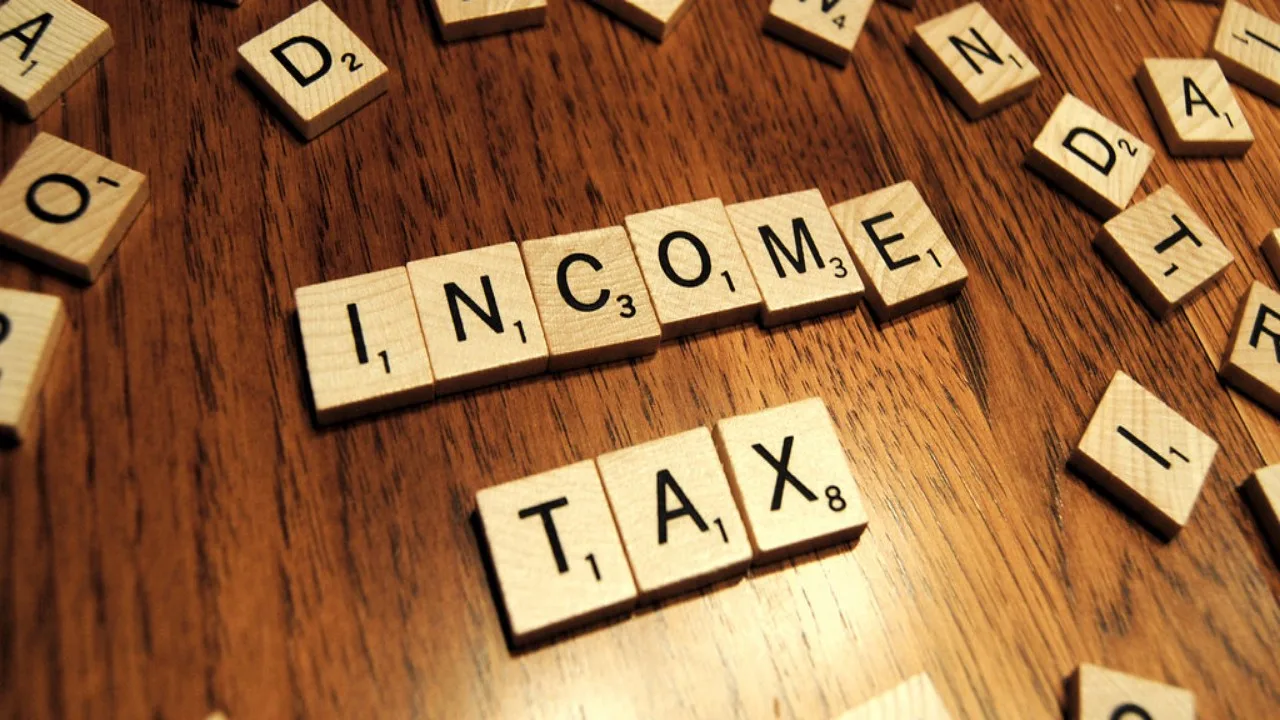The Union Budget coming up in February is expected to bring some income tax relief. The government wants to keep the new tax system straightforward without exemptions, but they’re looking at possibly raising thresholds and adjusting the tax slabs. Typically, the income tax rates are among the last things to be finalized and often get revised before the budget is announced. This year is no exception, as companies and economists are pointing out weak demand, particularly for the middle class, which could lead to lower tax liabilities.
Last year, Finance Minister Nirmala Sitharaman raised the standard deduction for salaried folks to Rs 75,000 and tweaked the tax slabs, claiming these changes would save taxpayers around Rs 17,500. This time around, there’s chatter in the government about bumping up the standard deduction again to help the middle class keep more cash in their pockets, with proposals to lessen tax burdens across all income levels, even for higher earners.
While the government is keen on lowering rates in the new tax system, there’s also discussion about increasing exemptions for things like health insurance and pensions. Some voices are calling for the old tax regime to be scrapped, as it tends to favor those with allowances like house rent and home loans.
The government could incur a loss of Rs 50,000 crore if this situation arises
According to a report by SBI, there is a recommendation to offer exemptions for health insurance up to Rs 50,000 and for NPS contributions up to Rs 75,000 or Rs 1 lakh, as reported by the Times of India. If the highest tax rate remains at 30% with an additional 15% levy for individuals with taxable incomes between Rs 10-15 lakh (compared to the current 20% for Rs 12-15 lakh), the Centre’s annual revenue loss could range from Rs 16,000 crore to Rs 50,000 crore.
In a different scenario, if the top rate is lowered from 30% to 25% for those earning Rs 15 lakh or more, while also implementing a health insurance exemption of Rs 50,000 and an NPS contribution exemption of Rs 75,000 per year, the potential revenue loss could be between Rs 74,000 crore and Rs 1.1 lakh crore.
In a third scenario, if the top rate is set at 25% with a 15% levy for earners in the Rs 10-15 lakh bracket, alongside exemptions of Rs 50,000 for health insurance and Rs 75,000 for NPS, the estimated revenue loss would be between Rs 85,000 crore and Rs 1.2 lakh crore.
Additionally, there have been proposals to include benefits for home loans within the new tax framework. However, government officials oppose such concessions and exemptions, arguing that they may lead to a gradual return to the previous tax system. They have also suggested that taxpayers should have the option to choose the most advantageous arrangements for themselves.
